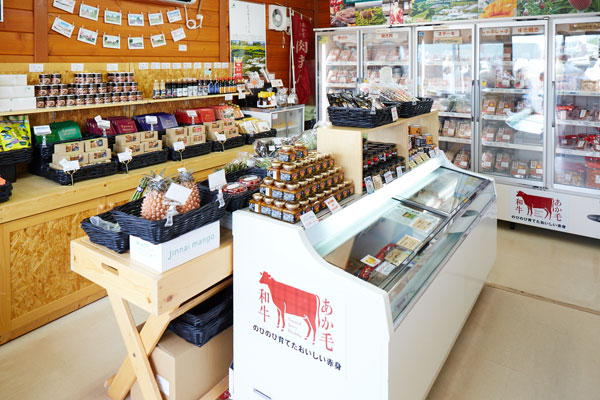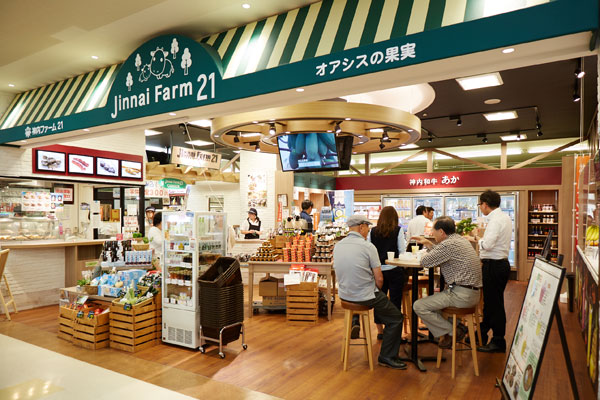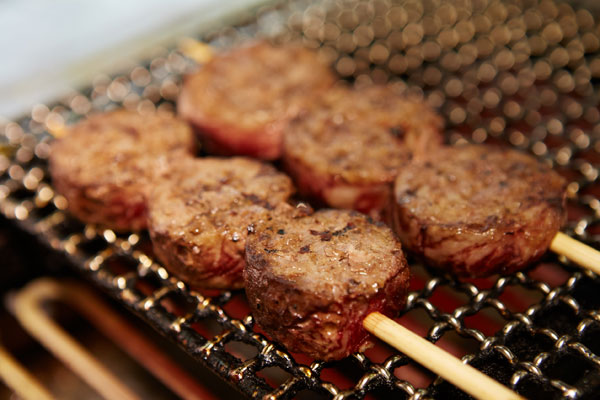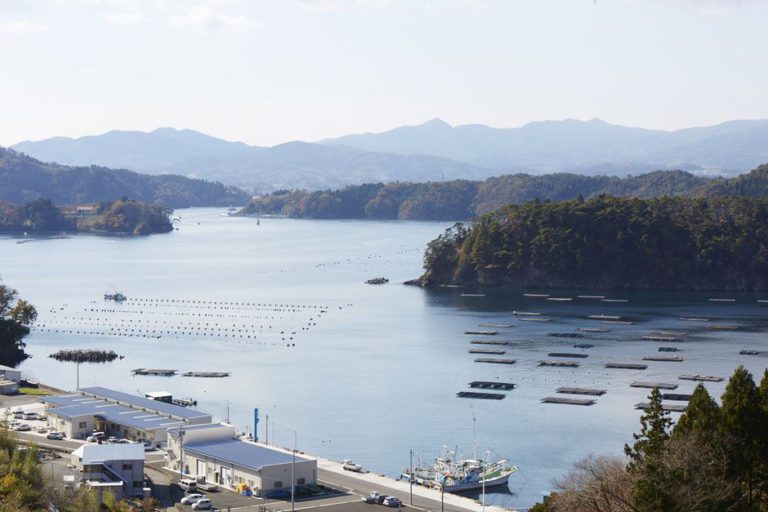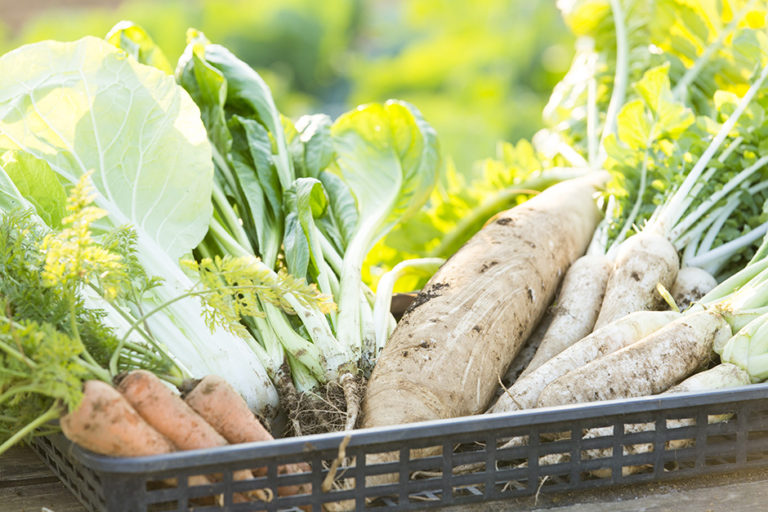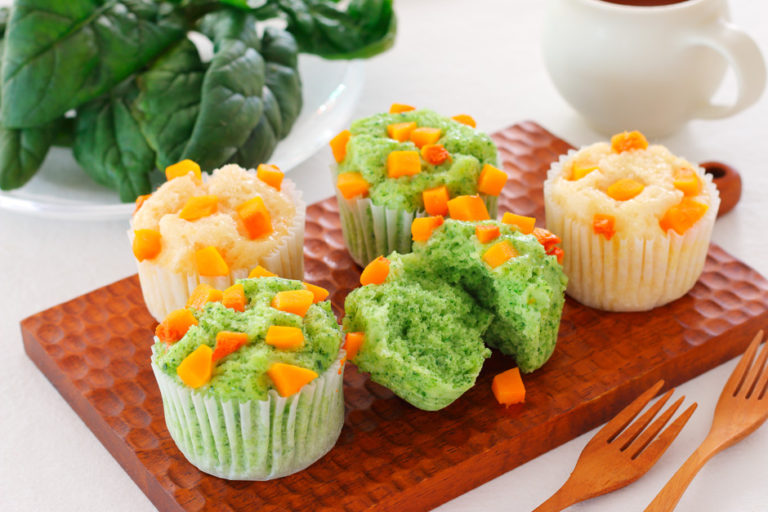Healthy red Wagyu raised as nature intended and in the vast lands of the north
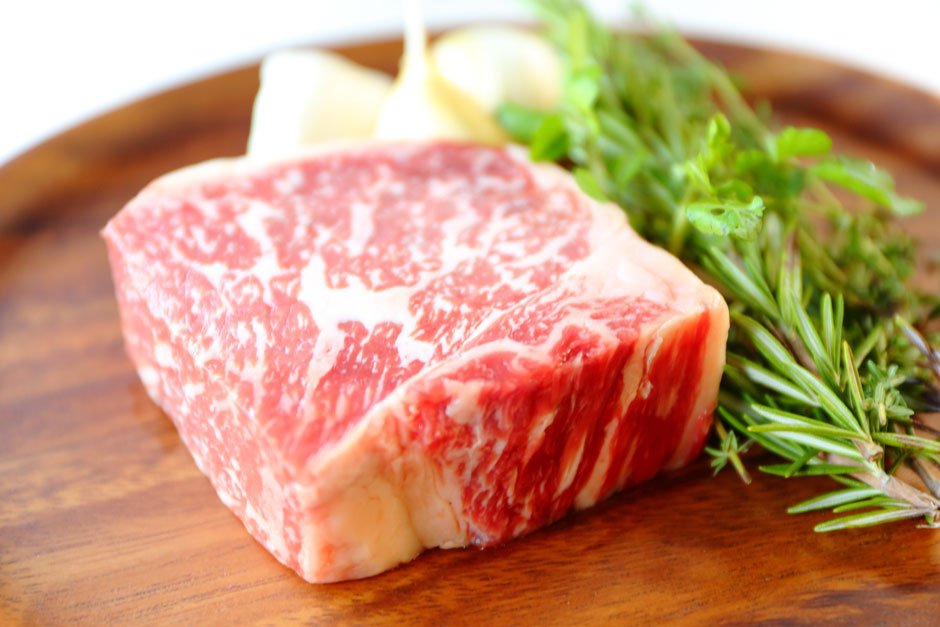
In Japan, there’s a world-renowned brand of beef called Wagyu or Japanese beef. Among the varieties of Wagyu, akage Wagyu, or red Wagyu, characterized by its moderate amount of fat and rich flavor of lean meat, has been gaining much attention in recent years, due in part to the interest shown by consumers who are conscious of their health.
What is the popular red Wagyu?
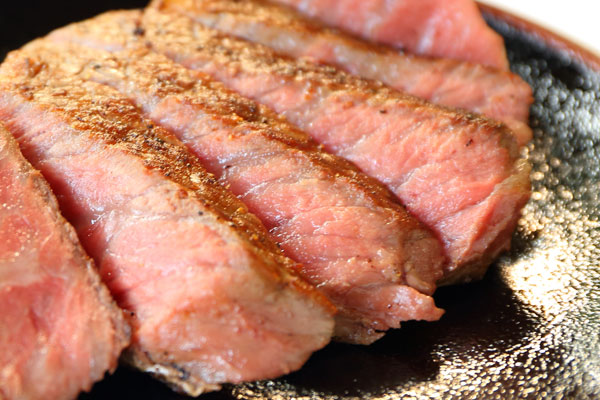
Red Wagyu, as its name implies, is a type of Wagyu with a reddish-brown hide. Almost all the Wagyu in Japan are Japanese black beef with a focus on tasty “marbled meat.” The red Wagyu is said to be a rare breed that makes up less than 2 percent of the total Wagyu production.
So that the delicious flavor of red Wagyu can become more widely known, we asked the Japan Akage Wagyu Association?which was established in 2011?to explain more about this brand of beef.
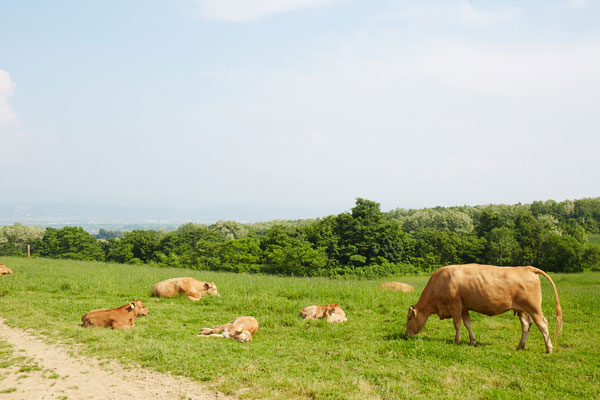
“Red Wagyu features lean meat with a rich flavor, a moderate amount of marbling, the tender texture of Wagyu, and other qualities that match the tastes of today’s health-conscious consumers. The red Wagyu meat has less fat so you can eat plenty of it,” said Yoshihiro Kaneko, deputy director-general of the association.
According to Mr. Kaneko, this unique flavor of the red Wagyu is achieved in the way the cattle are raised. “Japanese black beef is raised by taking the calves away from their mothers soon after they are born. The red Wagyu calves remain with their mothers for a while, and become bigger by feeding on their mother’s milk. As red Wagyu are also inclined to move in herds and are a breed suited to being put out to pasture, they are allowed to graze freely in pastures and wild grass. Healthy and tasty cattle are raised in this pleasant, non-stressful environment.”
Currently, domestic demand for red Wagyu is rising. In order to address the challenge of increasing production, the association is advancing projects such as embryo transfer.
In addition, in order to promote the cultivation of higher quality red Wagyu, the Japan Akage Wagyu Association has established its own certification system. Red Wagyu are not only assessed for their quality of meat, but what lies behind this?how they were raised, including the quality of their feed and how they were taken out to pasture.
In order to learn more about how these red Wagyu are actually raised, we visited Jinnai Farm 21 in Hokaido, which raises Jinnai Wagyu Aka?red Wagyu that received the highest 3-star ranking by the Akage Wagyu Association.
Jinnai Wagyu Aka, raised on the magnificent lands of the north
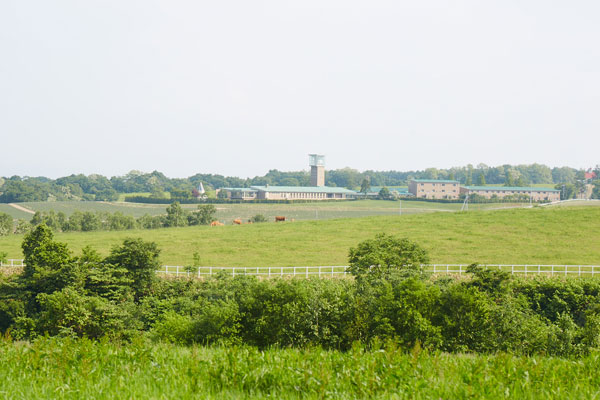
Jinnai Farm 21 is located in the rich natural environment of Urausucho, Kabato District, in mid-west Hokkaido. The total area of the farm is a vast 240 hectares.
It is a magnificent location with mountains under an expansive sky and verdant pastures spreading out as far as the eye can see. Wishing to utilize this vast land in Hokkaido to raise cattle, the farm brought over red Wagyu from Kumamoto Prefecture. After much trial and error, it currently raises as many as 1,000 red Wagyu.
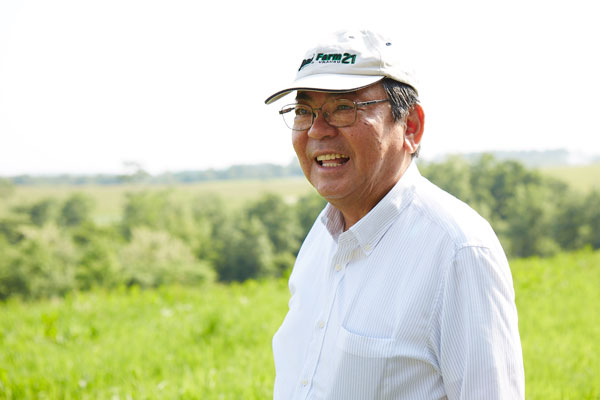
Masaaki Nozasa, the managing director of Jinnai Farm 21, gave us a tour of this huge site.
“After we put the cows out to pasture in the spring, we just leave them and let nature do its work. But only during the winter when we have as much as 14 meters of snow, we raise them in the barns. That’s because they won’t be able to eat the grass buried under the snow,” Mr. Nozasa explained. When the cattle are grazing on the pasture, attendants go to check on them in the morning and at night, and when they have eaten all the grass, they are moved to another block.
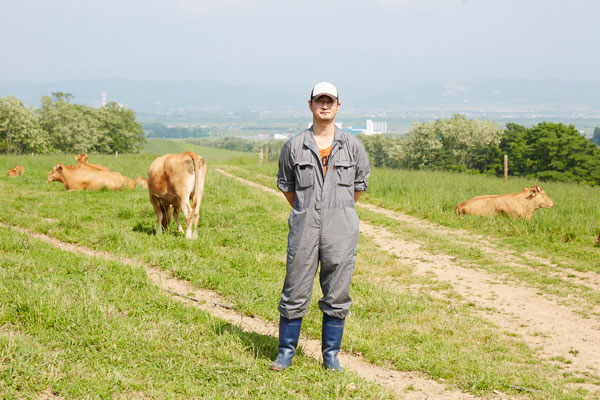
The Jinnai Farm 21 production department undertakes the entire production process from breeding to raising the cattle. The calves are born here and can live with their mothers for some three to four months. Yuichiro Sakakibara, a staff member in charge of feeding, states that this environment is essential for Jinnai Wagyu Aka.
“By staying with its mother, the calf can drink the first milk secreted by its mother, and by doing so, it receives its mother’s antibodies to become a strong cow. And, moreover, do you notice that the cows at Jinnai Farm 21 have thick, sturdy legs? By drinking their mother’s milk and by making their legs and back strong by walking around the pasture, they build up their bone structure. Good meat attaches to good bones. The adult cattle are given feed made from our homegrown domestic corn to achieve a moderate amount of fat that is characteristic of red Wagyu.”
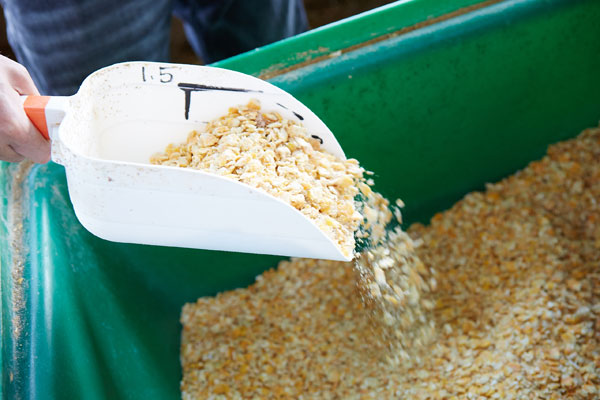
Mr. Sakakibara says that the cows also have a gentle nature because they were raised in a non-stressful environment since they were calves. Tasty red Wagyu is born from the free and liberal way the cattle are raised in the magnificent nature of this northern land.
Enjoy the great taste of lean meat
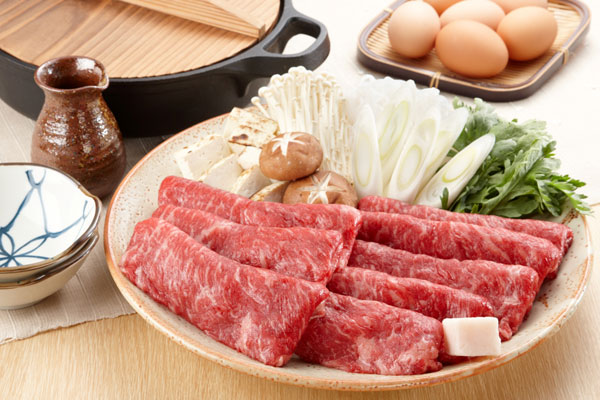
You want to thoroughly savor the rich taste of lean meat. We asked Mr. Nozasa about a delicious way to prepare Jinnai Wagyu Aka.
“Since red Wagyu have been allowed to run around the pasture, their meat is muscular. Much of the meat is lean, has the original taste of meat and is quite filling. My first recommendation is preparing this as a simple steak, but since the meat has a light taste, it is great in sukiyaki as well. The amount of fat is about one-third that of Japanese black beef. In other words, you can eat three times more of this meat than Japanese black (laughter).”
While Wagyu has become synonymous with the popular marbled beef with its extensive streaks of fat, recent years have seen the rise in popularity of light, lean meat, which retains the original flavor of meat. As a brand of Japan’s globally popular Wagyu, going forward red Wagyu is sure to catch the attention of not only consumers in Japan, but around the world.

